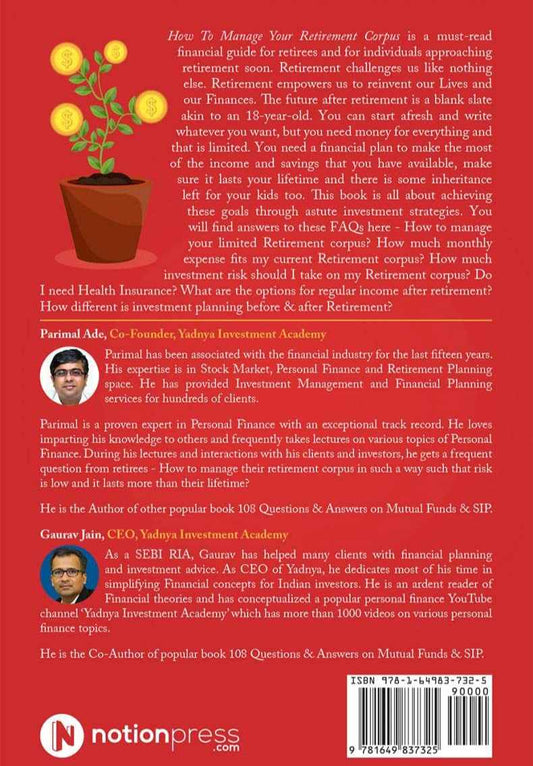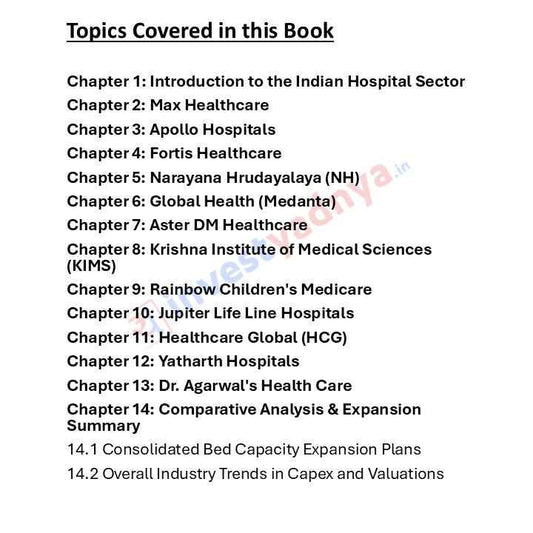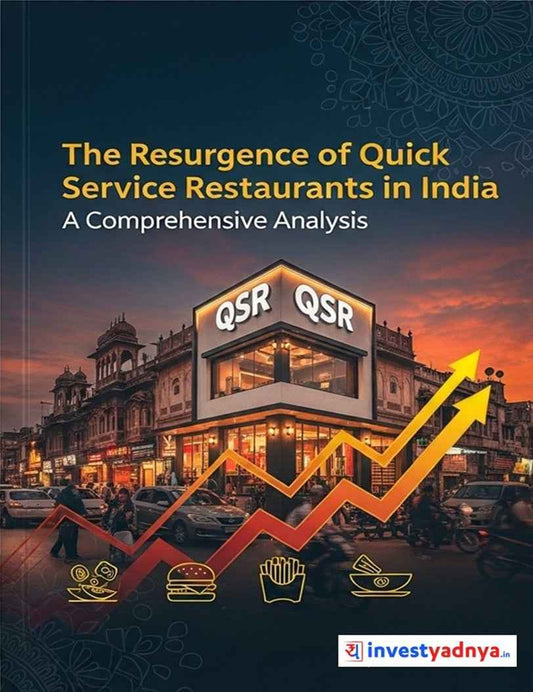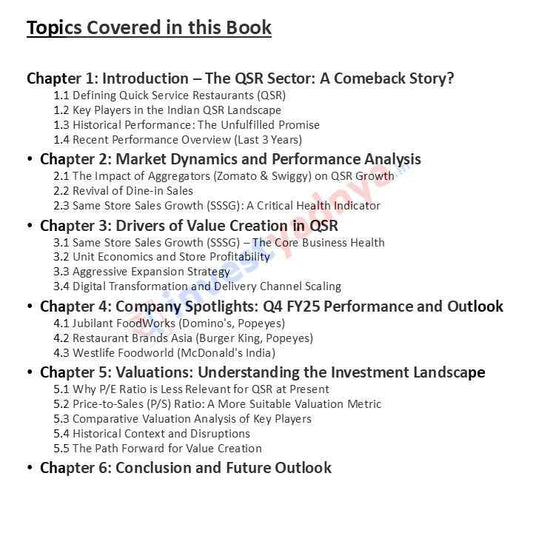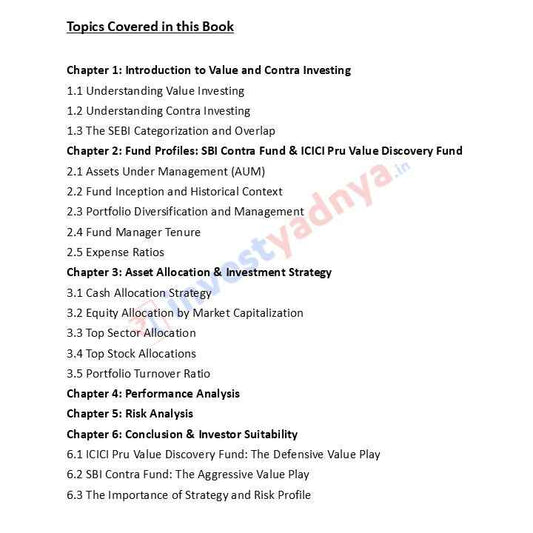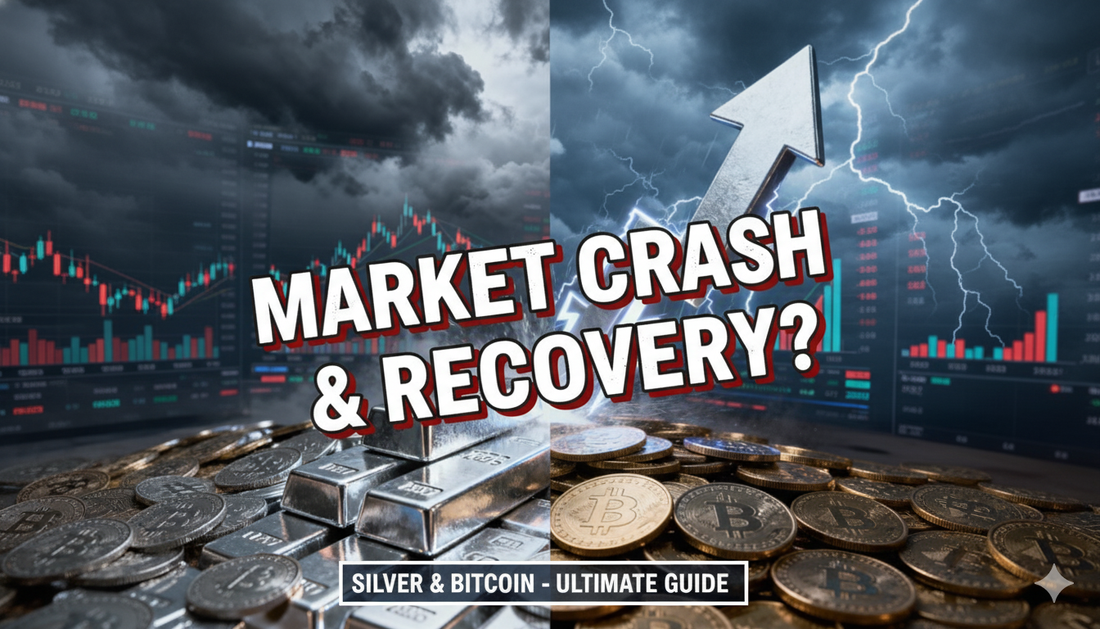
Silver's Shine or Speculative Storm? Understanding the 2025 Rally and Its Risks

The Momentum Chase: FOMO Takes Over
Unlike traditional safe-haven behavior, silver's 2025 rally has been characterized by intense speculative momentum rather than defensive positioning. Investors aren't seeking protection from market turbulence; they're chasing extraordinary returns that have outpaced even gold's impressive 49% gains.
The clearest evidence of speculation-driven excess comes from India's silver ETF market, where investment inflows tripled those of gold ETFs during 2025. These ETFs attracted a staggering ₹8,603 crore in the first eight months alone, surpassing the entire previous year's total. Some silver ETFs have delivered eye-popping returns of 50-86%, with the Axis Silver ETF leading at approximately 86.67%.

However, this enthusiasm has created dangerous distortions. Multiple silver ETFs in India are now trading at significant premiums—ranging from 5% to 12%—above their net asset values (NAV). This means investors are paying substantially more than the actual worth of the underlying silver, a classic fear-of-missing-out (FOMO) signal that historically precedes corrections. The situation became so extreme that several fund houses suspended lump-sum investments in silver ETF funds-of-funds (FoFs) due to unsustainable premium levels.
The premium of Indian silver prices over global benchmarks surged from nearly 0.5% in early September to 5.7% on October 9, with intraday spikes reaching 12%. Market experts warn that "ETFs trading at a premium is not the best time to enter," advising investors to wait for prices to cool or for NAVs to realign with the market.
Industrial Demand Meets Supply Constraints
Silver's unmatched electrical conductivity makes it indispensable for the global transition to clean energy. Each solar photovoltaic (PV) cell contains approximately 111 milligrams of silver, and with solar installations accelerating worldwide, the photovoltaic sector is projected to consume 232 million ounces in 2024, representing 19% of total silver demand. Between 2020 and 2030, the photovoltaic sector alone is estimated to consume a cumulative 888 million ounces of silver, averaging 81 million ounces annually.
Electric Vehicle Expansion
The rise of electric vehicles has created another significant demand driver. EVs require substantially more silver than conventional vehicles due to their extensive electronic systems, with innovations like Samsung's solid-state EV batteries incorporating silver-carbon composite layers potentially requiring up to 1 kilogram of silver per battery pack. As EV market share grows from 18% of new car sales in 2023 toward a projected 60% by 2030 in major markets, silver demand from this sector will intensify.
Additional Industrial Applications
Beyond renewables and EVs, silver plays crucial roles in 5G infrastructure, artificial intelligence hardware, electronics, and semiconductor manufacturing. Industrial fabrication reached a record 680.5 million ounces in 2024, marking an 11% increase from the previous year, with projections indicating industrial demand will surpass 700 million ounces for the first time in 2025.
Supply-Side Constraints
Compounding the demand surge, silver supply faces structural limitations. Approximately 70% of silver is produced as a by-product of mining other metals like copper, zinc, and lead, limiting how quickly output can respond to price increases. The silver market has experienced supply deficits for five consecutive years, with a projected shortfall of 149 million ounces in 2025. Global silver demand has outstripped supply for the past four years, using up the surplus produced in the previous five years.
In India specifically, the world's largest silver consumer, imports plummeted 42% to 3,302 tonnes in the first eight months of 2025 while investment demand soared to record levels. This created a severe shortage that absorbed the surplus imported in 2024, forcing physically-backed ETFs to suspend new subscriptions when they encountered exorbitant premiums while attempting to source silver. London lease rates—the cost of borrowing physical silver—have surged to over 30%, reflecting extreme tightness in the physical market.
The Gold-Silver Ratio Warning

The current ratio stands at approximately 83-85:1, significantly above the long-term historical average of 60:1. While this has declined from the extreme 120:1 level reached in 2020, it remains elevated and historically out of sync. When the ratio is high, silver is relatively inexpensive compared to gold; however, the persistent deviation from historical norms suggests potential mean reversion ahead.
During precious metals bull markets, the gold-silver ratio typically contracts as silver outperforms gold due to its smaller market size, greater volatility, and increased retail investor participation. Conversely, during corrections or economic uncertainty, the ratio tends to expand as investors favor gold's superior safe-haven status. The technical analysis shows the ratio recently lost support at its 200-day moving average, potentially foreshadowing continued compression toward 80:1—which could occur either through gold rising faster than silver or silver declining while gold holds steady.
Volatility Risks and Correction Potential
Silver's spectacular gains have come with a critical caveat: extreme volatility that dwarfs other precious metals. Experts warn that silver can move 1.7 times faster than gold in either direction, creating substantial downside risk when sentiment shifts. Goldman Sachs specifically cautioned that silver could face "significantly more" volatility and downside risk than gold, primarily because silver lacks the central bank support that gold enjoys.
Technical Warning Signs
Multiple technical indicators suggest silver's rally may be overextended. Silver mining stocks—which typically lead the underlying metal—have shown particular weakness, with both the SIL (large silver miners ETF) and SILJ (junior silver miners ETF) forming bearish reversal patterns. SILJ formed a bearish inverted hammer pattern while SIL showed exhaustion after reaching measured upside targets around $74-75. The fact that mining stocks are failing to make new highs alongside the metal indicates diminishing institutional buying interest.
Based on historical correction patterns from previous silver bull markets, corrections following major advances typically last 2-5 months and retrace 30-50% of the preceding rally. During the 2010-2011 silver bull market, for instance, following the April 2011 peak near $48, silver corrected approximately 35% by late June 2011. The speed of decline is often faster than the speed of the preceding rally, exhibiting higher volatility during the corrective phase.
The Sharp Reversal Reality
India's silver market provided a stark real-time demonstration of this volatility. After reaching ₹1,85,000 per kilogram on October 13, 2025, prices crashed to ₹94,000 per kilogram by October 14—a catastrophic 49% decline in a single day. While some of this extreme movement may reflect local market dynamics and festive demand fluctuations, it illustrates silver's capacity for sharp reversals when speculative excess unwinds.
When Fear Fades: The Normalization Scenario
Silver's current rally depends on the continuation of several favorable conditions: persistent supply deficits, accelerating industrial demand, accommodative monetary policy, currency weakness, and sustained investor enthusiasm. However, several scenarios could trigger rapid normalization:
Supply Response
While silver supply is constrained by its by-product nature, sustained high prices will eventually incentivize increased production from primary silver mines and greater recovery rates from base metal operations. As logistical bottlenecks ease and major producing countries increase shipments, the physical tightness that has supported premium pricing could dissipate.
Demand Destruction
Much of silver's 2025 rally has been supported by expectations of monetary easing and currency debasement concerns. If central banks pivot toward tightening or if the U.S. dollar strengthens substantially, precious metals could face headwinds that disproportionately impact the more volatile silver market.
FOMO Exhaustion
The current ETF premium structure is unsustainable. When the last wave of FOMO buyers enters the market and no new money flows in, the premium to NAV will collapse, potentially triggering a cascade of selling as investors realize they've overpaid for their positions. The suspension of new subscriptions in several silver ETFs may itself signal peak speculative intensity.
Smart Money's Exit Strategy
Market veterans recognize that silver is no longer behaving like a defensive hedge—it has transformed into a high-volatility, high-risk speculative play. While the long-term structural story supporting silver demand from green technologies remains compelling, the short-term setup shows classic signs of speculative excess that typically precede corrections.
Kotak Mahindra Asset Management's Managing Director Nilesh Shah advised: "We are bullish on silver, but that doesn't mean you buy blindly. Keep exposure to gold and silver at around 10-12% of your portfolio. The rest should be in equities, which are showing signs of recovery". This measured approach contrasts sharply with the all-in mentality driving current ETF inflows.
Key Investor Considerations
For momentum traders: The technical setup suggests taking profits and stepping aside until a proper base forms. Historical patterns indicate a consolidation period lasting into early 2026, potentially offering better entry points for the next leg higher.
For long-term investors: While silver's role in the energy transition provides strong structural demand, current entry points offer poor risk-reward given premium valuations. Waiting for the inevitable correction to accumulate positions in quality silver producers may prove more prudent than chasing the rally.
For conservative portfolios: Silver's 1.7x volatility multiplier relative to gold makes it unsuitable as a primary safe-haven allocation. Gold remains the superior choice for wealth preservation, while silver should be viewed as a tactical, cyclical opportunity.
The Bottom Line
Silver's 2025 performance has been nothing short of extraordinary, delivering 53% returns and capturing headlines worldwide. However, beneath the shimmering surface lies a market increasingly detached from safe-haven fundamentals and driven by speculative momentum, ETF premiums, supply squeezes, and FOMO psychology.
The confluence of legitimate industrial demand from EVs, solar panels, and technology sectors provides a solid long-term foundation. Yet the short-term dynamics—extreme ETF premiums, exhausted technical indicators, unsustainable gold-silver ratio levels, and record-breaking volatility—all point toward an overheated market ripe for correction.
Smart investors recognize that the best returns in commodities come from buying during pessimism and selling during euphoria. With silver ETFs trading at 5-12% premiums to NAV, funds suspending subscriptions, and retail investors piling in after a 53% rally, the current environment bears all the hallmarks of late-stage euphoria rather than early-stage opportunity.
The shine may be bright today, but as history repeatedly demonstrates, speculative storms tend to fade as quickly as they form—and when they do, the volatility that powered the ascent accelerates the descent. In silver's case, those who mistake momentum for safety may discover that this precious metal's true nature lies not in protection, but in extreme price swings that reward the disciplined and punish the impulsive









